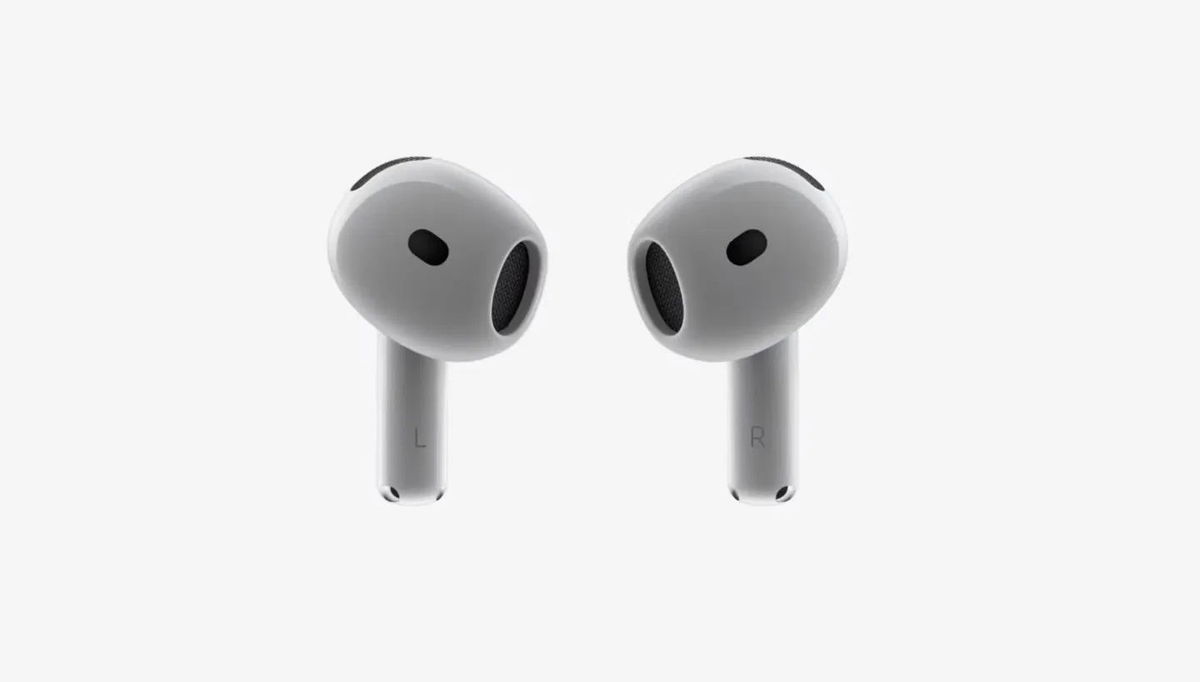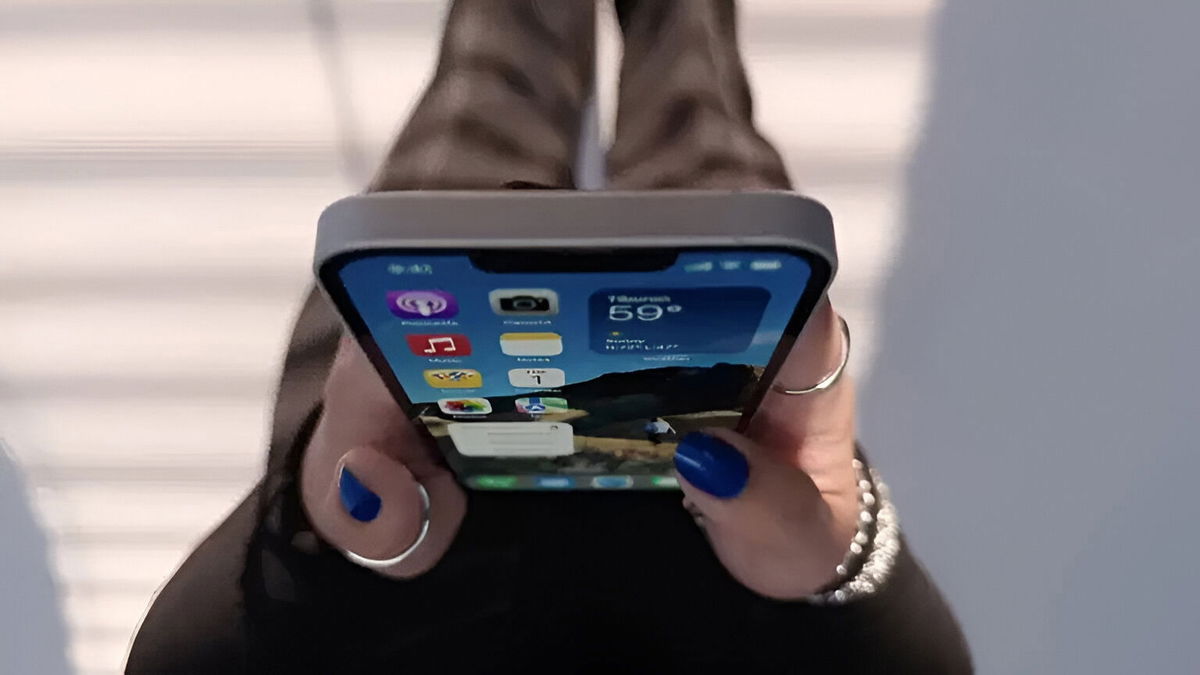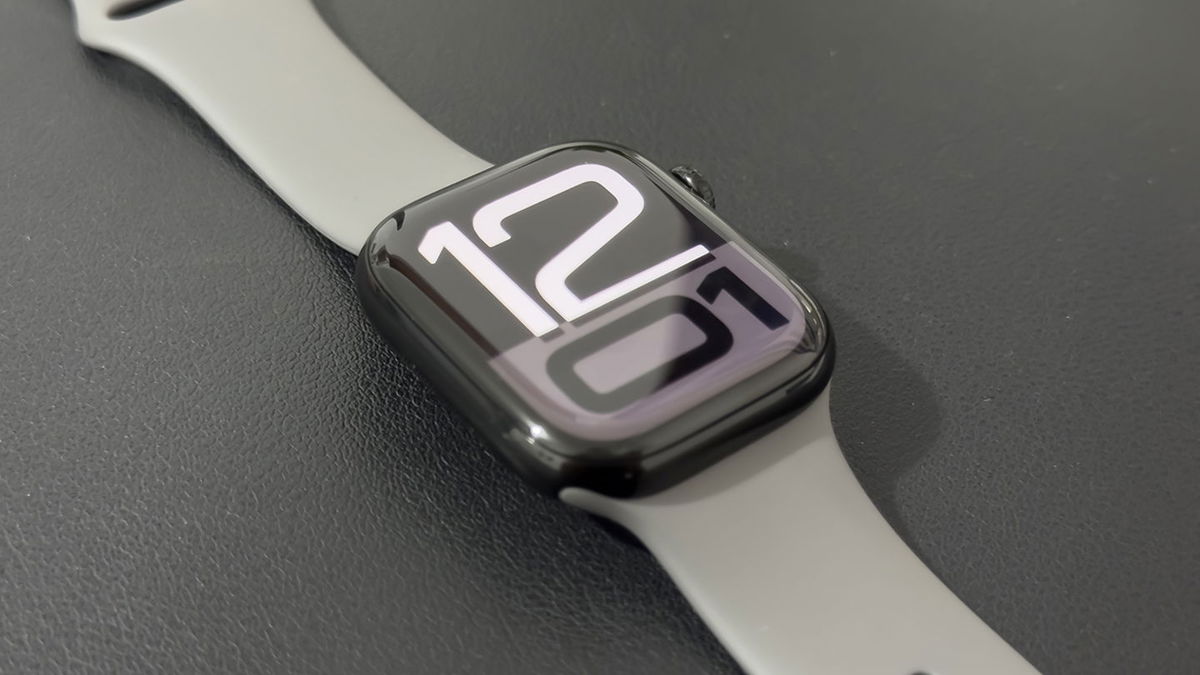Over the past ten years, all TVs have had two types of screens: OLED and QLED. The former are thinner and more elegant, have reduced contrast and are capable of showing truly dark scenes, and the latter have a larger range of brightness, a rich palette of colors, but the black transmission frankly let us down.
Models based on Mini-LED came to replace. They are very bright, real black and the prices do not bite. The technology is so flexible that even in the mainstream segment, manufacturers can turn the picture up to the level of cinemas.
Let’s take a look at one of these TVs today. The Hisense U8HQ model is presented in three versions – with diagonals of 55, 65 and 75 inches. The effect of complete immersion is created through new visual features. For example, IMAX Enhanced and Game Mode.
Below we will see if the TV is worth the money.
Looks weightless
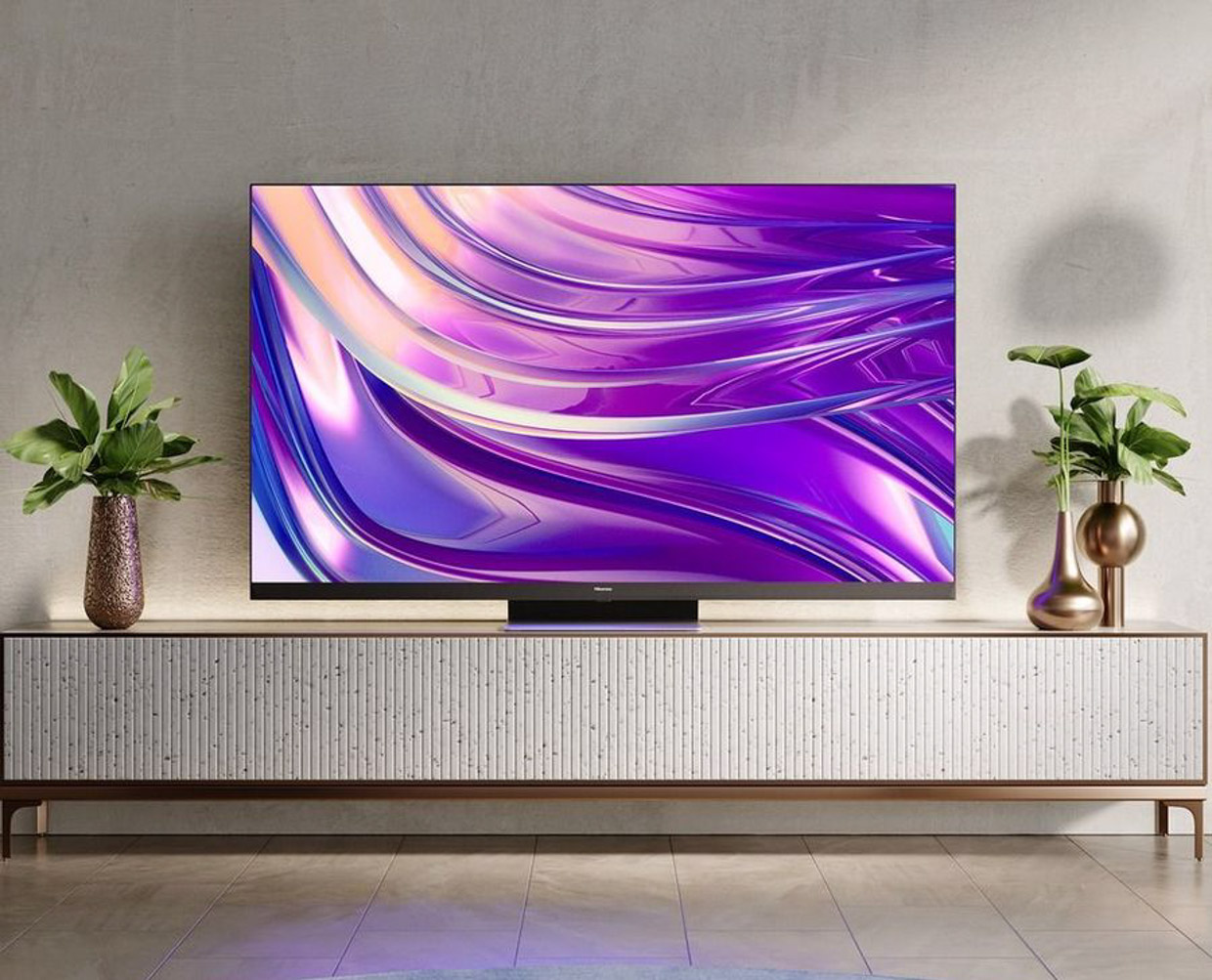
From the front, Hisense U8HQ looks very expensive.
In this structure, the screen occupies almost the entire area, and in the lower part there is a sound bar, covered with a dense tissue grid. It goes well with Rama from Alhinya and delivery from cast steel due to dark gray and black shades in the materials.
All the filling of the TV is hidden in a tight round case at the back. In general, all designs look easy and stylish.
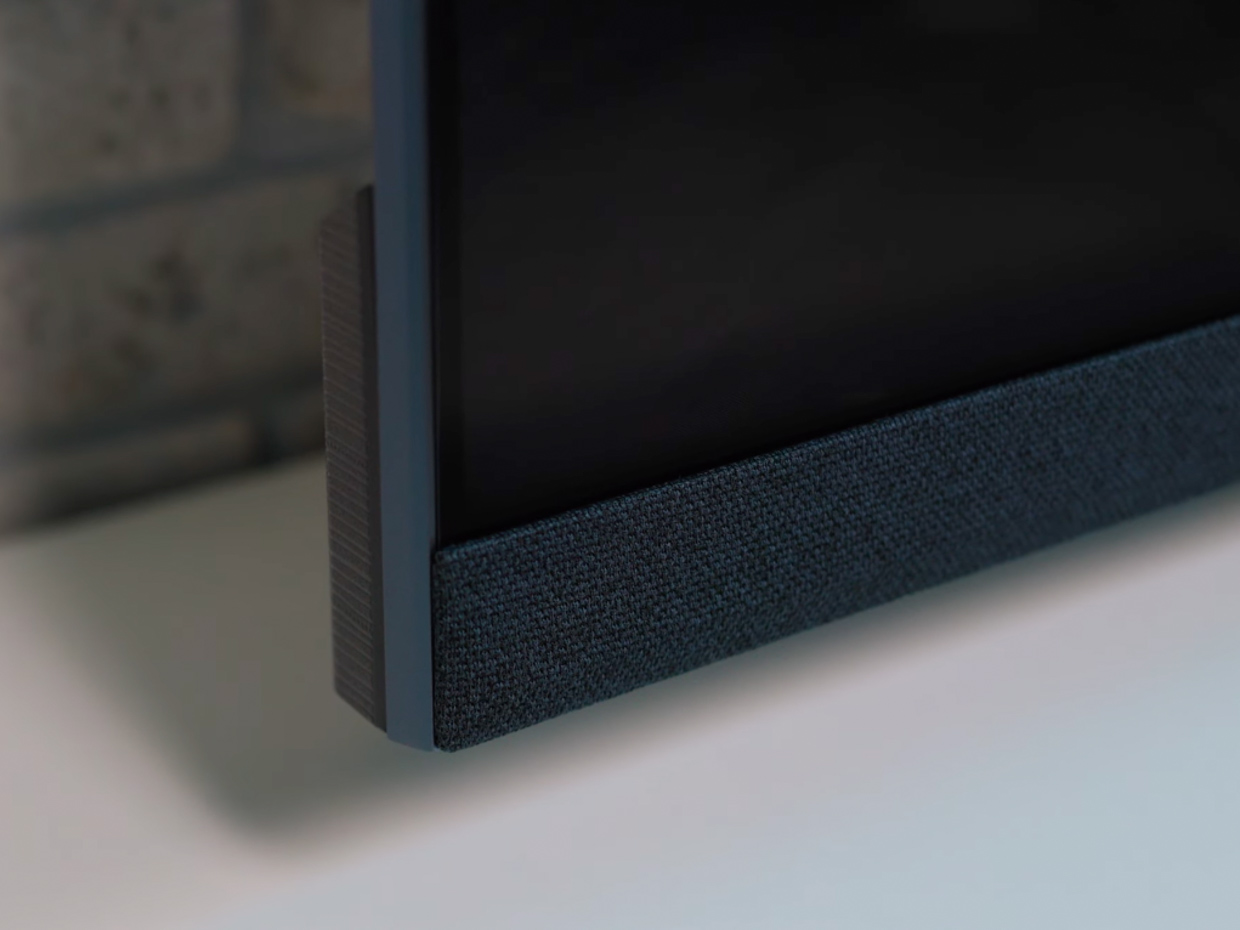
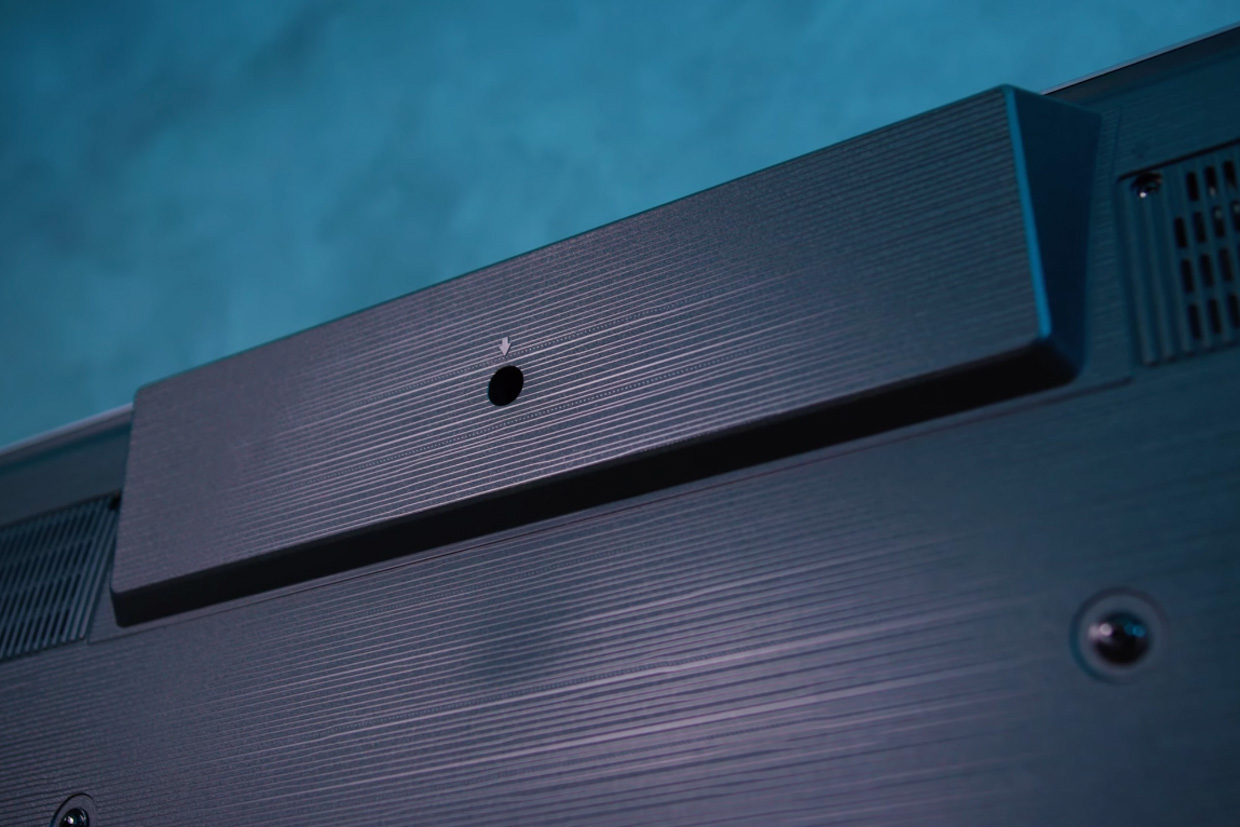
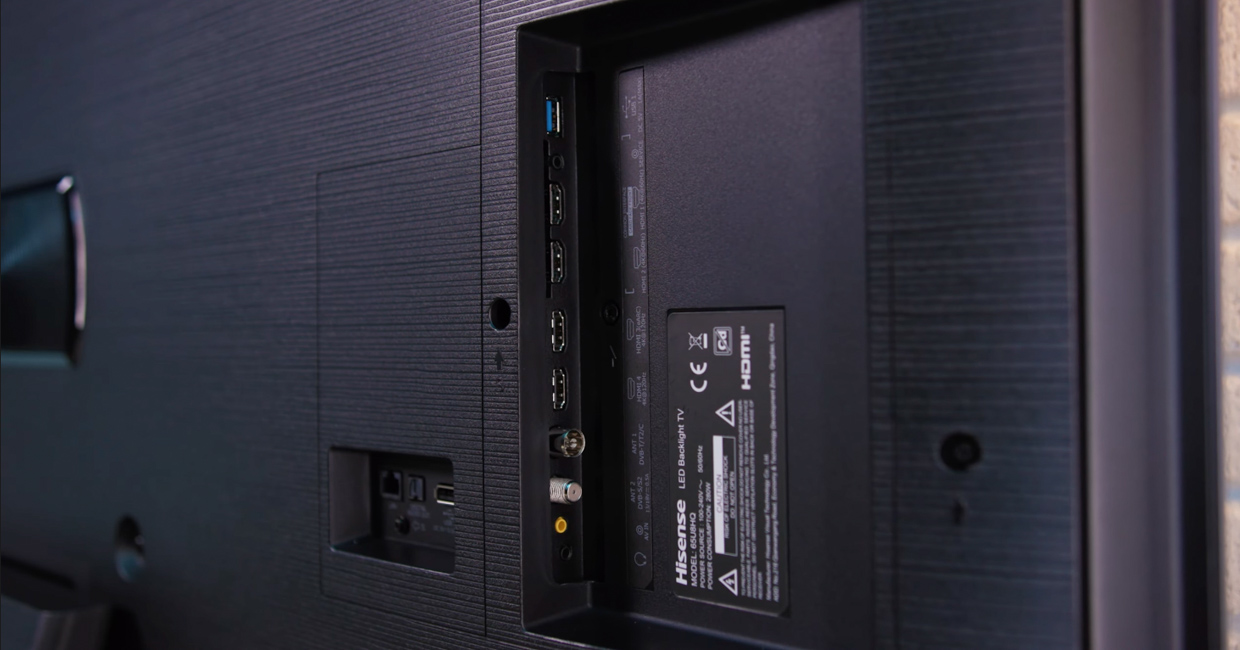
If you look closely, you can see a subwoofer in the center of the back, and another speaker on top. It turns out as many as three sources, and here you already believe more in the support of spatial sound. Dolby Atmos.
Access to the ports is also on the back: in a small pocket LAN-Ethernet, optical audio output and USB-A 3.0, in a large two HDMI 2.1 ports (supporting 4K and 120 fps), two HDMI 2.0b ports (supporting 4K and 60 fps), a second USB‑A 3.0, L / R audio output, cinch (RCA), CI + modulation slot.
There are three most popular diagonals to choose from: 55, 65 and 75 inches. All models will have a resolution of 4K, which with a 16:9 screen format gives 3840 × 2160 pixels.
As a picture, I want to dwell in more detail.
Black from OLED, brightness from QLED
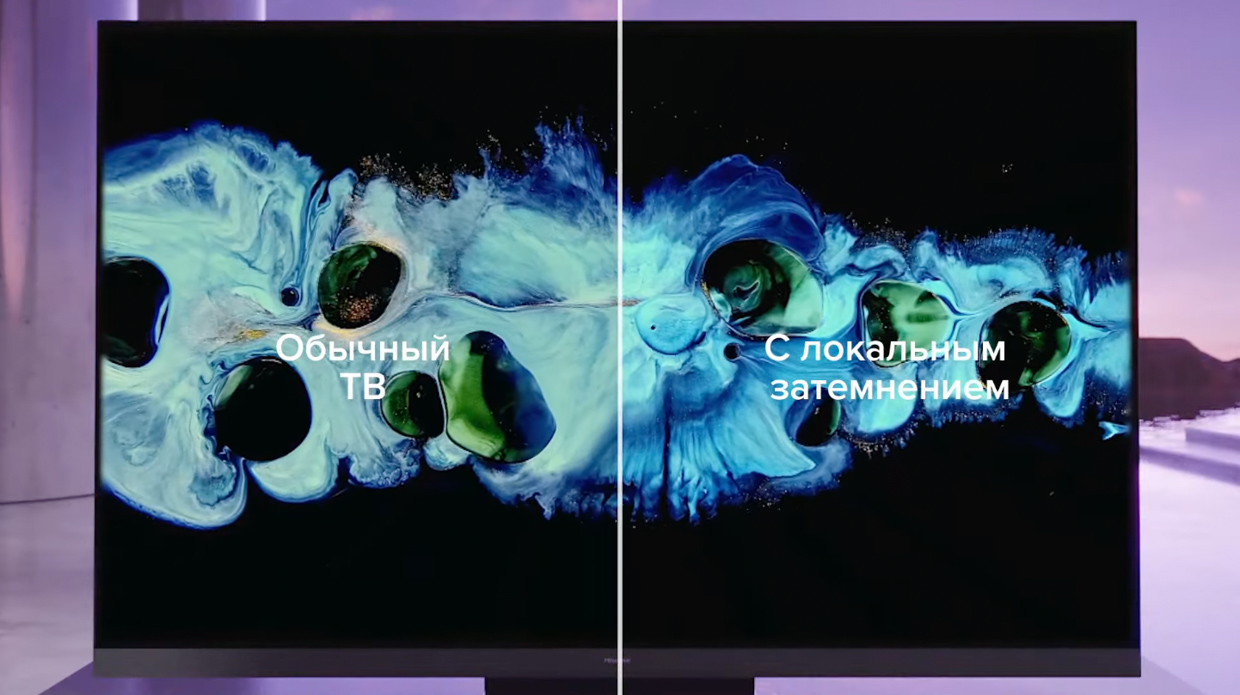
The combination of Mini-LED and quantum dots is one of the best solutions in Hisense U8HQ.
The mini-LED creates a new generation of local illumination, because the illumination of the area has become much stronger. For example, the Hisense U7HQ model, created on the basis of an advanced, but still development of the LED technology generation, has only 32 zones, while the U8HQ starts from 112 at the level of 55 inches. The 65-inch version already has 160 zones, the 75-inch version has as many as 528.
From a practical point of view, this reflects the greater juiciness of the image and the naturalness of the image compared to younger models and, even more so, those with only perimeter illumination.
In addition, unlike OLED, which can also do this, Hisense U8HQ has a peak brightness twice as high: 1300 nits versus 600 nits for a matrix with organic pixels.

Quantum dots have been in the industry for a long time. This is a thin layer immediately after the backlight, which allows you to increase the number of displayed shades and the brightness of the matrix. In conjunction with a mini-LED, an immersive effect is created due to. 1 billion colors. Impressive.
The viewing angle here is 178 °, enough for a living room of any size.
In HDR mode, brightness varies from 700 to 1300 nits depending on the area of the brightest element in the frame. There is simply no such performance in this price aspect. It will be comfortable to watch the picture even in the still bright sun in the room.
Something in principle did not expect to see TV. It turns out that IMAX issues a certificate of conformity Enhanced IMAX TV models from different manufacturers that are properly calibrated for sound, brightness, contrast, color, and resolution. In this case, this ensures that the TV has high picture and sound quality.
But comfortable viewing rests not only on dry characteristics.
Supports Russian services and runs on a top-end chip

Compared to the previous generation models, there are limitations of video processing algorithms here.
The Hisense U8HQ Mini-LED features the new and flagship Mediatek MT9000 processor. Thanks to him, modern functions work here, such as built-in video resolution upscaling up to 4K, frame-by-frame analysis for smoothing images when increasing frame rates, AI Picture Optimizer scene optimization.
This smart scene recognition can be turned off if desired, but I do not think that this will be a great need. It is assumed that thanks to a powerful processor, the TV understands the displayed content well and smoothly adjusts the picture settings.

This is done gently, it does not catch the eye. It is important to note here that almost all known HDR formats are used, including HLG, HDR10, HDR10 + and Dolby Vision in all variations.
Due to the HDMI 2.1 ports on the TV, you can play with development up to 4K and with a refresh rate of up to 120 fps.
Also, the picture perfectly supports NVIDIA G‑Sync, AMD FreeSync and HDR. The upside for players will be adaptability with occasional periodic updates that are available on the respective consoles. The output latency on the matrix is only 16 ms, this figure is suitable for any game at home.

Of the more mundane features, it is worth noting that this is a smart TV with TV applications (many Russian), voice assistants and is forced to broadcast content from your laptop, tablet and phone.
The remote control even has a separate button to call Alice.
U8HQ is also controlled through OK Google and VIDAA VOICE proprietary assistant.
There are oversized TVs

Laser TV Hisense L5H
Although the Hisense U8HQ takes imaging to a new level, the largest model is limited to 75 inches. If this is not enough, to create home theater you can use other options.
For example, Hisense has 100-inch and 120-inch laser TVs. Both models are a set of ultra-short throw projector and a special reflective screen.
Laser TV Hisense L5H Powered by an X-Fusion emitter with a brightness of 2700 lumens, it is enough to limit it to only 30 cm from the wall to create a 100-inch projection.
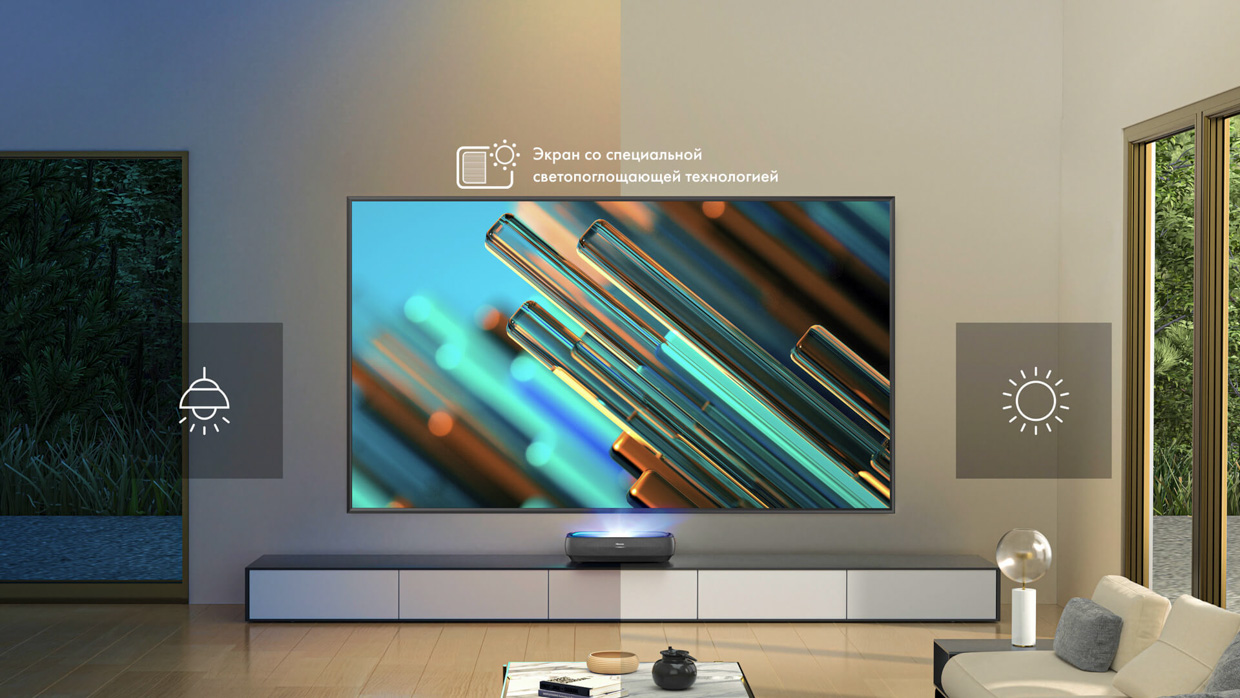
Laser TV Hisense L9H
Laser TV Hisense L9H based on more advanced ultra-short throw technology trichrome. Its meaning is to create a triple RGB projection for uniform lighting and smoother color changes.
Hisense laser TVs also use all of the HDR standards described above. They enhance contrast, clarity and brightness, are Dolby Atmos and Dolby Vision certified, can adapt the picture to the content, and are controlled by voice.
Both models are rated for 25,000 hours of continuous operation. Translated into a real minimum application, this is 22 years if you watch TV every day for 3 hours.
There are also projectors in the Laser TV line, which are called without a screen – Hisense PL1H And Hisense PX1H. These are also ultra-short throw laser projectors.
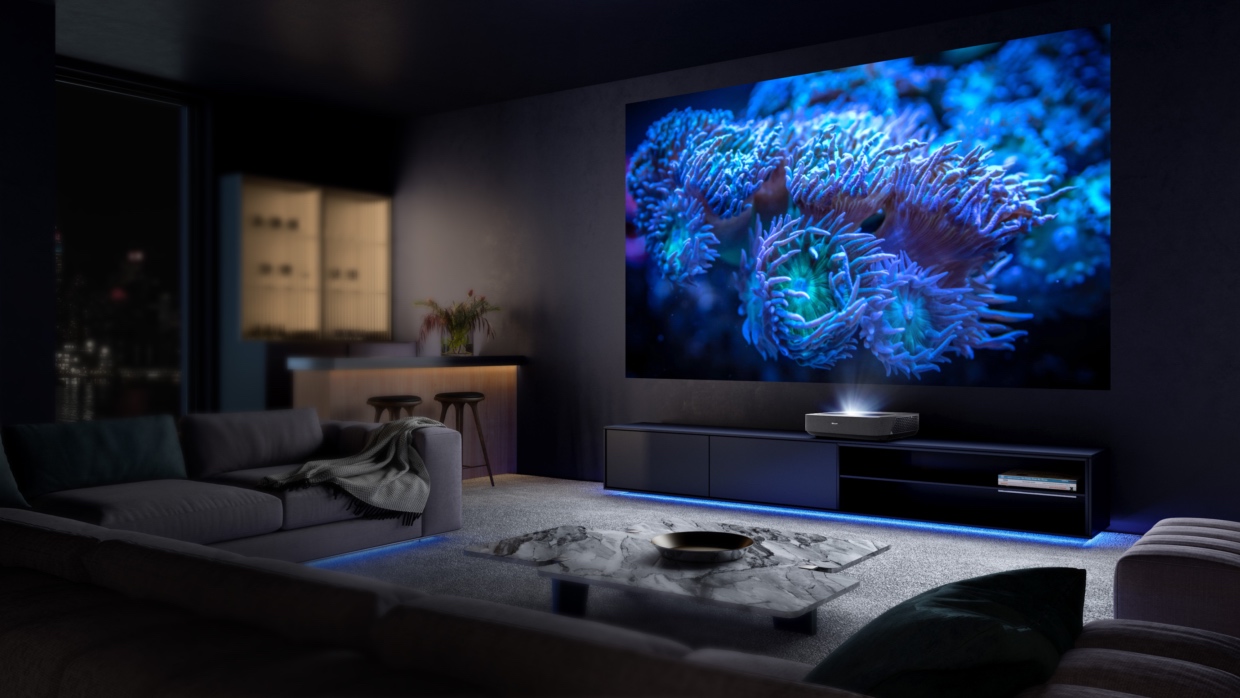
Laser TV Hisense PL1H
The Hisense PL1H has an anti-harm size ranging from 80 to 120 inches, and is compatible with any surface, be it a coating, a special screen, or a regular wall.
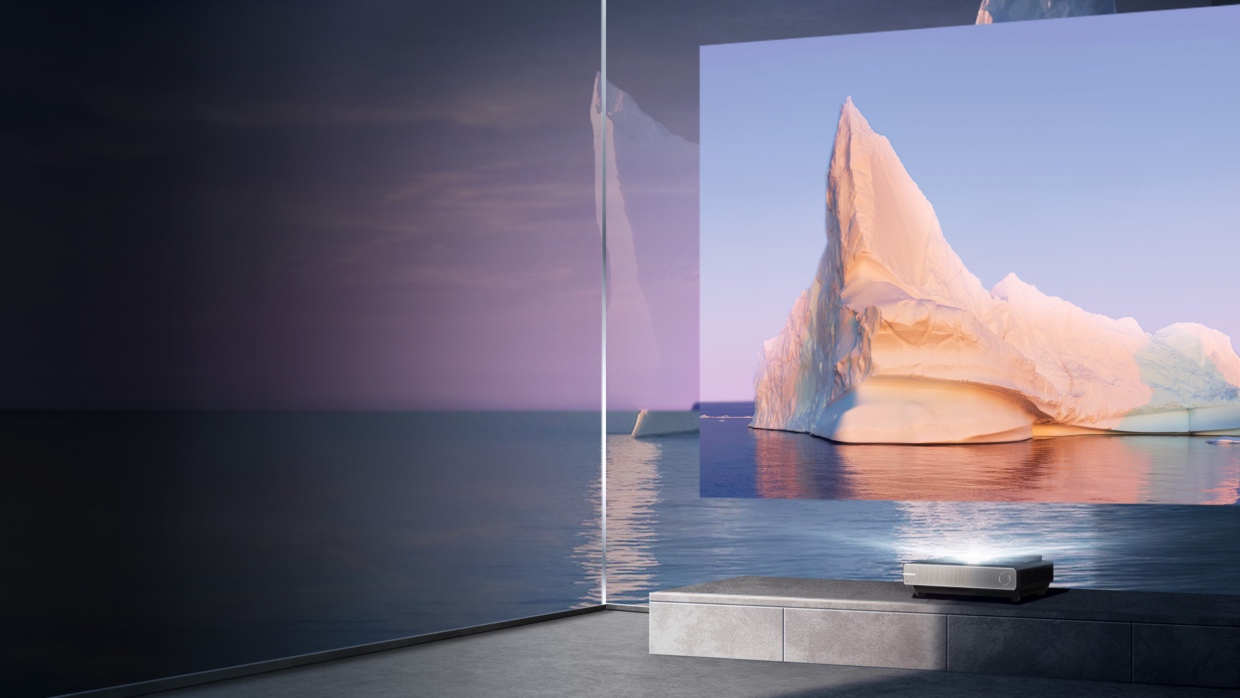
Laser TV Hisense PX1H
Hisense PX1H, in turn, goes the farthest. Its projection ranges from 90 to a record 130 inches! And it also supports Trichroma light source, which brings more uniform brightness and saturation to the image.
The choice is generally great. And you can check it out here.
Advertising. LLC “Gorenie BT”
Erid: 4CQwVszH9pUkp4shQR8
Source: Iphones RU
I am a professional journalist and content creator with extensive experience writing for news websites. I currently work as an author at Gadget Onus, where I specialize in covering hot news topics. My written pieces have been published on some of the biggest media outlets around the world, including The Guardian and BBC News.

